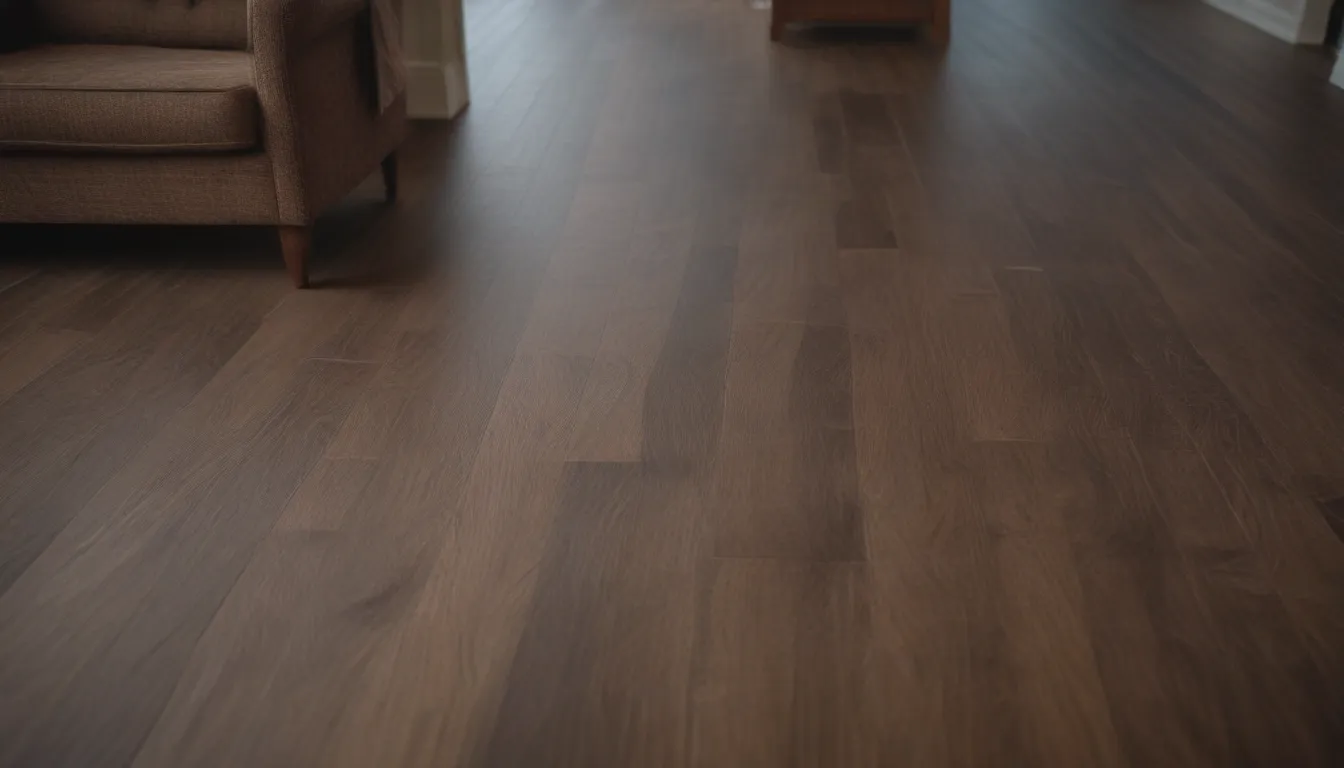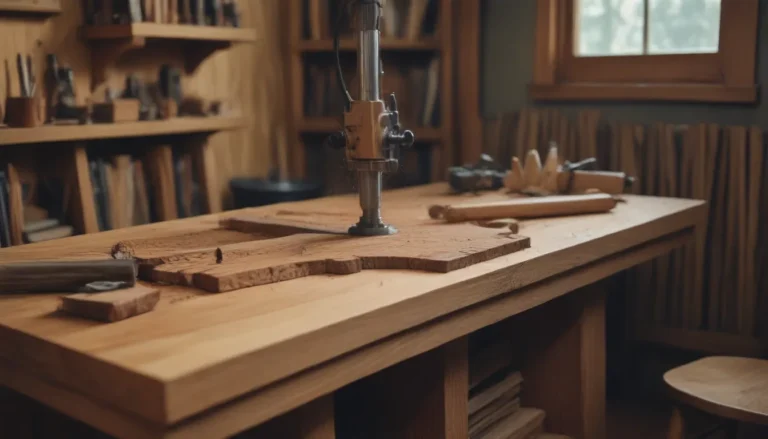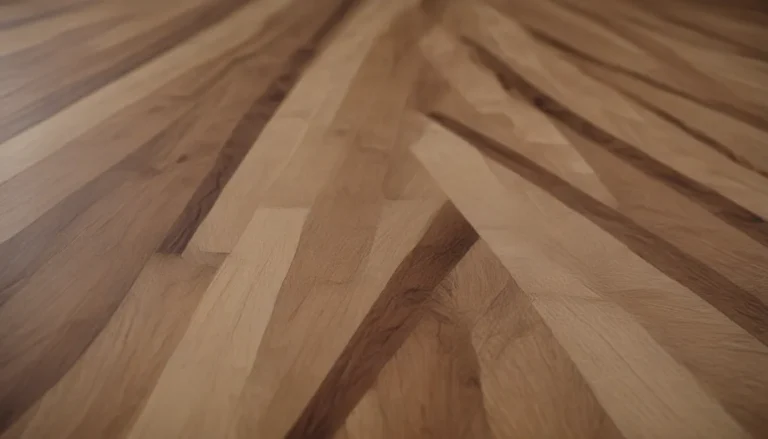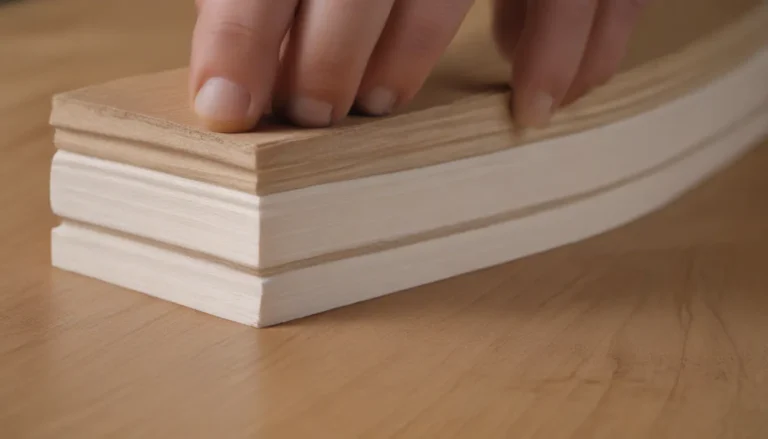Everything You Need to Know About Flooring Underlayment

Welcome to our comprehensive guide on flooring underlayment! If you’ve ever wondered what lies beneath your beautiful floors, you’re in the right place. From understanding the different types of underlayment to learning when it’s necessary (or not), we’ve got you covered.
Understanding Flooring Underlayment
So, what exactly is flooring underlayment? It’s a vital layer that sits beneath your surface floor covering and above the subfloor. Its main job is to enhance stability, comfort, and soundproofing in your home. Whether you’re walking on a hardwood floor or padded carpet, underlayment plays a crucial role in your floor’s overall function.
Key Roles of Flooring Underlayment
- Equalizes Imperfections: Smoothing out any bumps or dents in the subfloor.
- Adds Comfort: Providing a cushioned surface for easier walking.
- *Protects Against Moisture: Keeping your floors safe from water damage.
- Sound Insulation: Deadening footsteps and reducing noise transmission.
When it comes to materials, you’ll typically find soft underlayments like foam, cork, and rubber, as well as hard options like plywood and hardboard.
Where Does Underlayment Fit in Your Floor Structure?
Let’s break down the layers of a typical residential floor structure:
1. Floor covering: The visible surface you walk on.
2. Underlayment: The hidden layer that enhances the floor’s performance.
3. Subfloor: The structural base that supports the floor covering.
4. Joists: The framework that holds up the entire floor system.
By understanding how each layer works together, you can ensure a durable and functional floor in your home.
Types of Underlayment: Soft vs. Rigid Materials
Soft Underlayments
Soft materials like foam and cork provide a slight buffer between the floor covering and any imperfections in the subfloor. These underlayments are ideal for smoothing out minor flaws and enhancing the feel of your floors. Keep in mind that soft underlayments are often floating, meaning they aren’t directly attached to the subfloor.
Benefits of Soft Underlayments:
– Great for installing new flooring over old surfaces.
– Effective at reducing sound and adding cushioning.
Rigid Underlayments
For certain floor coverings, rigid underlayments like plywood, hardboard, and cement board are recommended. These materials offer structural stability and support for the floor above. While they may require more installation effort, they provide a solid base for your floors.
Types of Rigid Underlayments:
– Plywood
– Cement board
– OSB (Oriented Strand Board)
When Is Underlayment Not Necessary?
While underlayment is essential for most floor coverings, there are exceptions where it may not be needed or could even be detrimental to your floors.
Pre-Attached Laminate Underlayment
Modern laminate flooring often comes with pre-attached underlayment, eliminating the need for an additional layer. Adding extra underlayment in this case can lead to instability in your floors.
New Construction
In well-built constructions, you may find that your subfloor is sturdy enough to support floor coverings without additional underlayment. Always follow manufacturer recommendations for the best results.
Reusing Old Floor Coverings
In some scenarios, your existing floor covering can act as a suitable underlayment for new flooring. For instance, laminate and luxury vinyl can often be installed directly over old surfaces with minimal preparation.
Special Considerations for Underlayment
As you choose underlayment for your floors, here are a few key considerations to keep in mind:
– Thickness: Opt for thinner underlayments to avoid height discrepancies between rooms.
– Transitions: Ensure smooth transitions between different flooring materials.
– Door Clearance: Check how underlayment thickness may impact door heights.
– Kitchen Considerations: Thicker floor coverings can affect countertop clearance and appliance accessibility.
By paying attention to these details, you can select the right underlayment for your space while ensuring a seamless flooring installation.
In conclusion, flooring underlayment plays a crucial role in the performance and longevity of your floors. Whether you opt for soft foam or sturdy plywood, choosing the right underlayment can make a significant difference in your home’s comfort and durability.
Remember to consult manufacturer guidelines and seek professional advice if you’re unsure about the best underlayment for your floors. With the right information and materials, you can enjoy a beautifully finished floor that stands the test of time.





